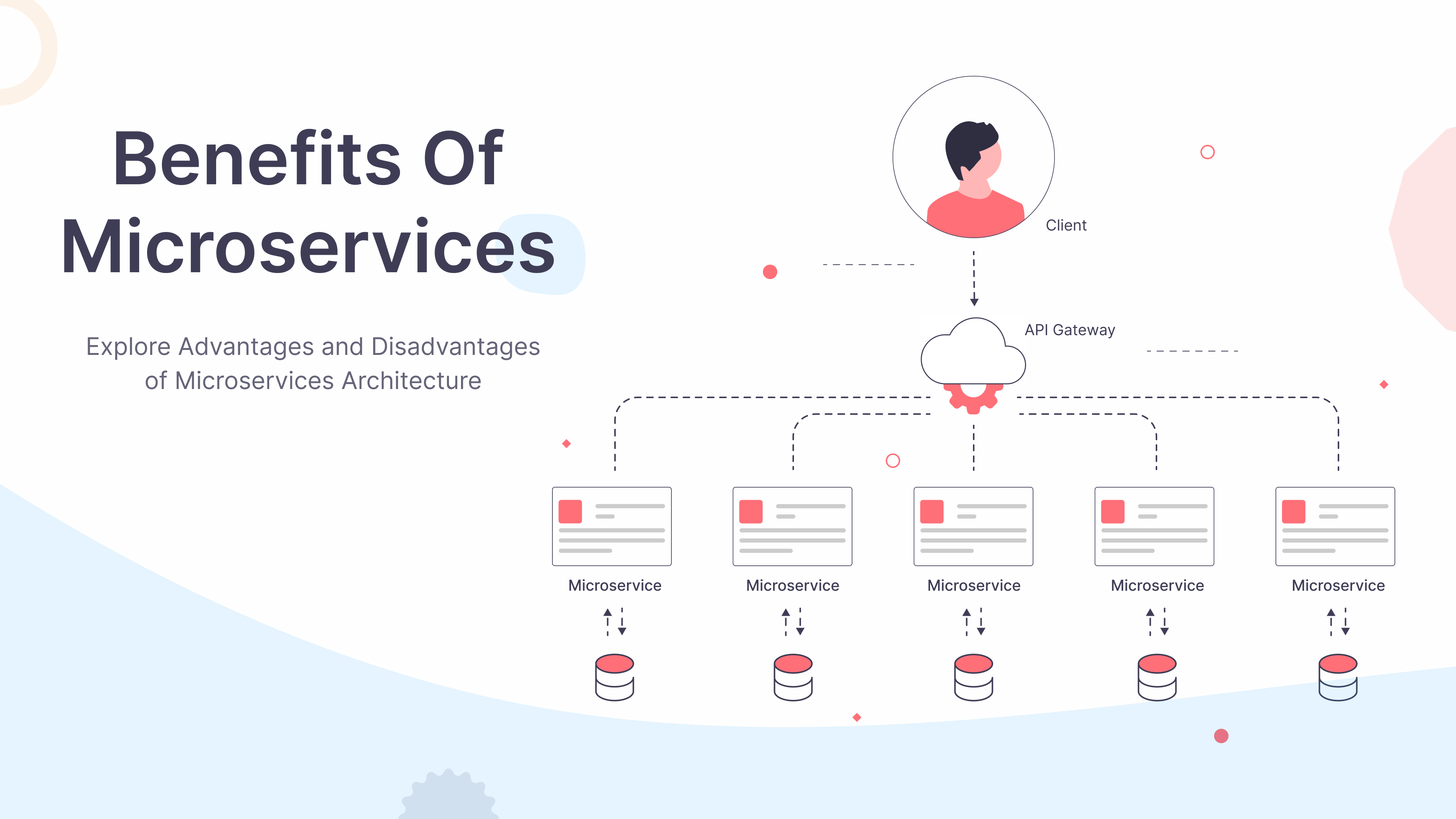Microservice Architecture is a framework that allows you to break down your application into smaller, independent services. Each service can have its own database and be written in any programming language. This approach comes with a variety of benefits and drawbacks. Let’s explore them.
Advantages of Microservice Architecture
Microservices offer a plethora of advantages that can transform your development process. Let’s delve into some of the most compelling benefits:
1. Scalability Advantages
One of the key advantages of microservices is their scalability. Since each microservice operates independently, you can easily add, remove, or update services without much hassle. This scalability is tailored to the specific load on each service. For instance, if a particular microservice experiences a sudden surge in activity, you can allocate more resources to it. When the demand decreases, you can scale back, allowing you to redirect computing power to other services as needed. DevOps teams can deploy new services seamlessly without causing any downtime.
2. Improved Fault Isolation
In traditional monolithic applications, an error in one part of the system can bring down the entire application. However, with microservices, if one service fails, it does not affect the other parts of the application. This isolation of faults ensures that the rest of the system continues to function smoothly even if a particular service encounters an issue.
3. Enhanced Productivity
Microservices allow companies to organize developers into small teams, each responsible for maintaining a specific service. This reduces the burden on individual developers and allows teams to iterate quickly, leading to faster development cycles and increased overall productivity.
4. Faster Deployment/Development
By breaking down applications into modular microservices, development teams can independently deploy and update functionalities. This accelerates development lifecycles, as teams can develop and release features in isolation, eliminating conflicts and ensuring smooth, independent launches.
5. Technology Agnostic
Microservices eliminate language barriers, allowing developers to use different languages and platforms for each service. For example, you might use Java for data processing tasks and Node.js for real-time tasks. This flexibility lets you choose the best tool for each job, optimizing performance and development efficiency.
Disadvantage of Microservice Architecture
While there are a solid number of advantages for any microservice, there are also a few disadvantages of microservices to consider before adoption.
1. Upfront cost
Implementing microservices can involve significant initial costs. Although they can
offer long-term savings, businesses need to invest in robust hosting infrastructure and comprehensive security and maintenance support from the start. Additionally, skilled teams are required to manage and oversee all services effectively.
2. Debugging Challenges
Debugging an application composed of numerous microservices can be difficult. Each service generates its own logs, and the complexity increases when a single business process spans multiple machines. Tracing and resolving issues in such a distributed environment can be challenging.
3. Increased Testing Complexity
While unit testing is more manageable with microservices, integration testing becomes more complex. Due to the distributed nature of microservices, developers cannot easily test the entire system on their local machines. Ensuring seamless interaction between services requires more sophisticated testing strategies and tools.
Microservices: A Strategic Choice for the Future
Microservices architecture isn’t a silver bullet, but for organizations prioritizing agility, scalability, and innovation, it’s a game-changer. By carefully considering the challenges and planning your implementation effectively, you can unlock the immense potential of microservices. Embrace this strategic approach and watch your applications soar to new heights of efficiency and performance.
Get to know more about Infynno’s Opensource Microservice Starter
This Starter has 4 services as of now:
- Gateway (Responsible for handling all the incoming traffic)
- Auth (Responsible for authentication)
- Mail (Responsible for sending out the emails)
- Product (Responsible for creating, updating, retrieving and deleteing a product)
Technologies Used:
- Nestjs
- Kafka
- Turbo Repo
- Docker Compose
- Prisma
- Postgres

